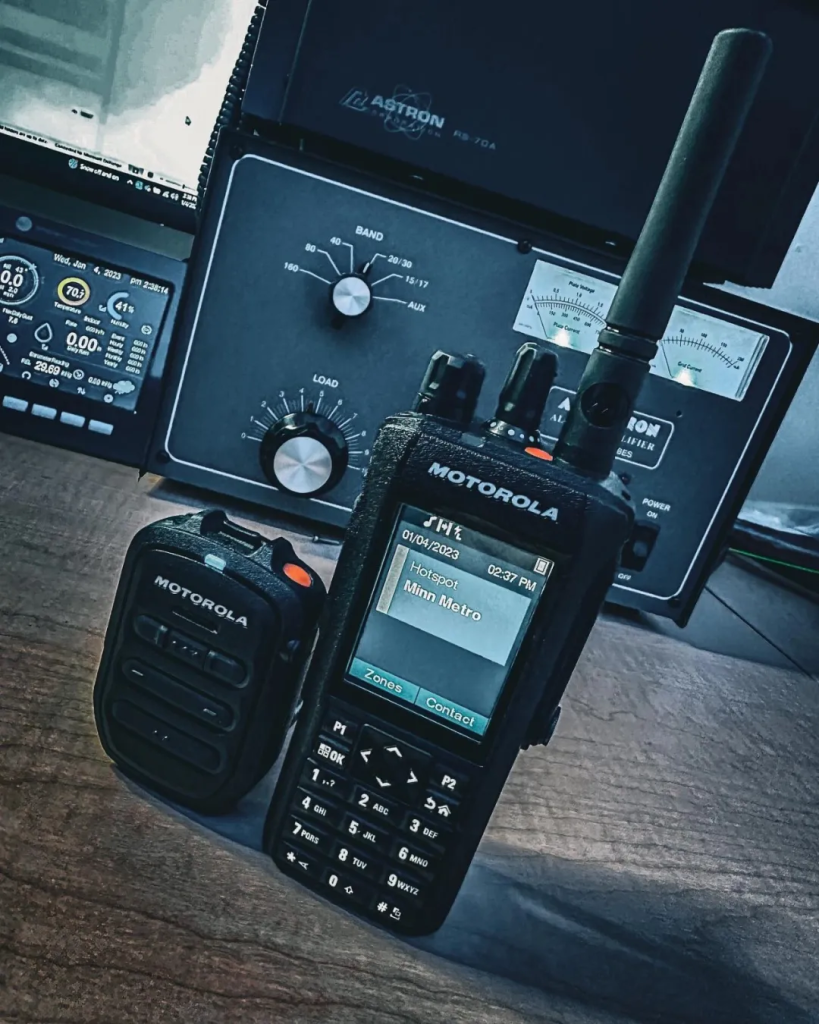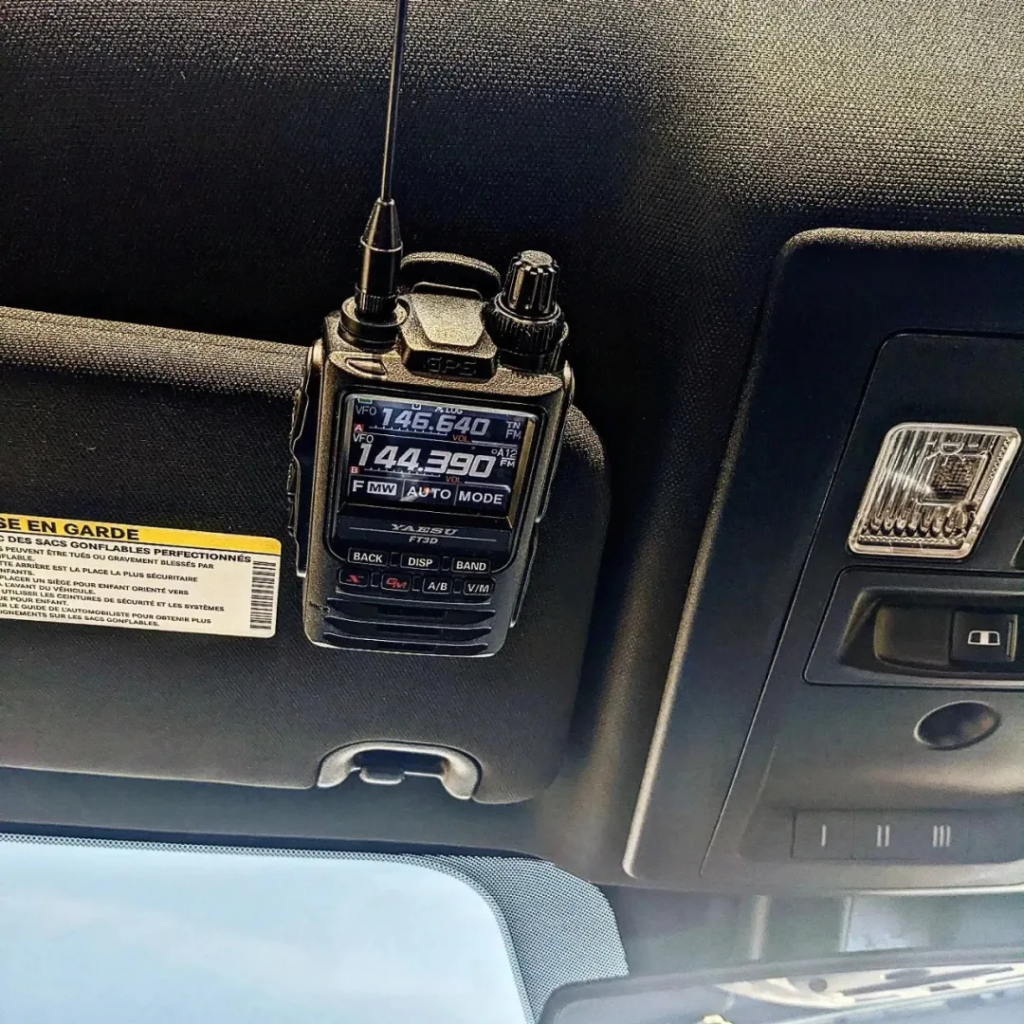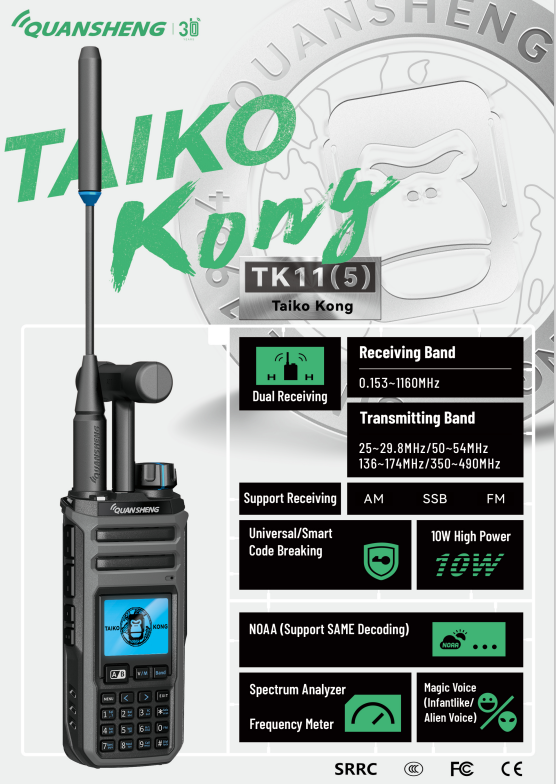A walkie-talkie, also known as a two-way radio, is a portable device that can perform two-way communication. It uses the propagation of radio signals in the air to achieve point-to-point or point-to-multipoint communication. Since its introduction in the 1930s, walkie-talkies have become an indispensable part of people’s daily lives and are widely used in various fields.
1.Development History of Intercom
1) Early Development
The origin of walkie-talkies can be traced back to the 1930s. In 1936, Motorola of the United States developed the world’s first mobile radio communication product, which was mainly used in the fields of shipping and aviation at the time. With the advancement of technology, walkie-talkies have gradually become smaller and easier to carry, and their scope of application has continued to expand.

2) Digital Age
At the beginning of the 21st century, with the development of digital signal processing technology, walkie-talkies began to transform into digital ones. Digital walkie-talkies have better anti-interference capabilities, longer transmission distances and higher voice quality, and are favored by more and more users.
2. Classification of walkie-talkies

Walkie-talkie is a one-to-multipoint two-way mobile communication tool that allows many people to communicate with each other at the same time. According to the network standard, walkie-talkies are divided into two categories: public network walkie-talkies and private network walkie-talkies.
1) Public network walkie-talkies
Advantages: Relying on the Internet built by operators, using data traffic for intercom.
Disadvantages: Due to the limitations of network operators, data signals in remote areas such as mountainous areas cannot be used; in the face of natural disasters, it cannot fully play its emergency role.
2) Dedicated network intercom
Advantages: Dedicated communication network, which can be built and planned, more flexible, and strong information confidentiality; it will not be limited by operators, and in special emergency situations, it can give full play to its excellent functions in emergency communications.
Disadvantages: High construction cost.
3.Comparison of private network intercoms
Private network wireless intercoms are generally specially built and planned to meet customer requirements for organization and coordination, production safety, dispatch and command, etc. They use ultra-high frequency (UHF)/very high frequency (VHF) to achieve intercom. Compared with other communication methods, this communication method has the following characteristics: instant communication, one call and hundreds of responses, economical and practical, low operating cost, no call charges, easy to use, and also has functions such as group call broadcast, system call, and confidential call. In handling emergency incidents or conducting dispatch and command, its role is irreplaceable by other communication tools.
Analog intercoms are divided into two categories: analog conventional and analog trunking (MPT1327/1343). According to the national development plan, analog intercoms will gradually withdraw from government and industry departments from 2014.
The mainstream formats of digital intercoms are divided into the following categories:
1、DMR
Networking mode: regional networking, overall star network.
Advantages: supports dual-slot communication, can make two calls at the same time on the same frequency, supports data transmission, has call processing, SMS service, remote kill/activation and other functions.
Disadvantages: Base station networking requires a wired network, the network construction requirements are high, the expansion flexibility is poor, and the corresponding network fees need to be paid later.
Application: small-scale application in factories, mines, and residential areas. The MOTOROLA P8268/8668 used in the national power industry in previous years and the Hytera used in recent years are of this type.
2、DPMR
There are few domestic applications.
3、TETRA
Networking mode: Community networking, overall star network, most of which are built in conjunction with operators.
Advantages: Support group calls, single calls, broadcasts and packet communications, high spectrum utilization, support high-speed data transmission and rich value-added services.
Disadvantages: High construction cost, requiring wired network support and maintenance by professional technicians.
Application: Daily dispatching within small areas of airports and subways.
4、PDT digital trunking
Networking mode: Regional networking, overall star network.
Advantages: Support group calls, single calls, broadcasts and packet communications, high spectrum utilization, support high-speed data transmission and rich value-added services.
Disadvantages: High construction cost, requiring wired network support and maintenance by professional technicians, the network has certain fragility, poor anti-destruction and immediate repairability.
Application: Daily duty, urban and small disaster accident protection, the intercom system used by the public security system and some emergency industries is of this type.
5、Cluster self-organizing network
Networking mode: regional networking, overall mesh network.
Advantages: pure wireless networking, network self-organization, fast networking speed, multiple routes, strong anti-destruction capability, good instant repairability, high spectrum utilization, and support for high-speed data transmission.
Disadvantages: high technical requirements.
Application: important emergency communication means, very suitable for emergency rescue scenarios with high mobility and suddenness. In the past few years, the National Civil Air Defense has built three pilot projects, which are now being promoted one after another.
With the development of economy and the progress of society, walkie-talkies are becoming a favorite and dependent communication tool in various industries. At the same time, ordinary people are more concerned about their own safety, work efficiency and quality of life, and the demand for walkie-talkies will also increase. Radio walkie-talkies are by no means outdated products, and they will be used for a long time.

